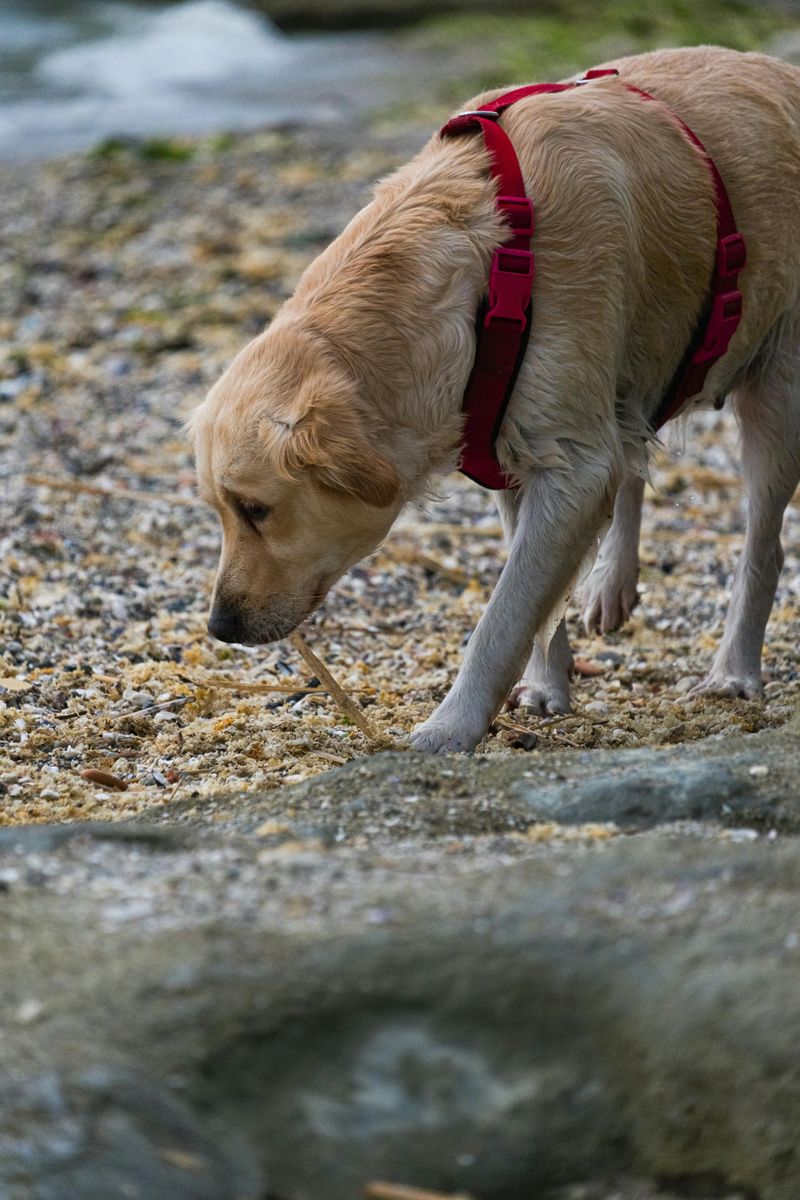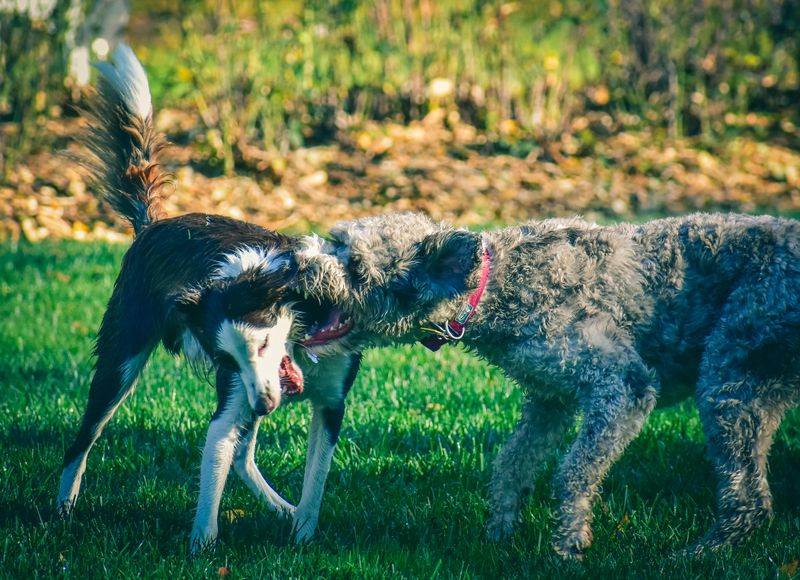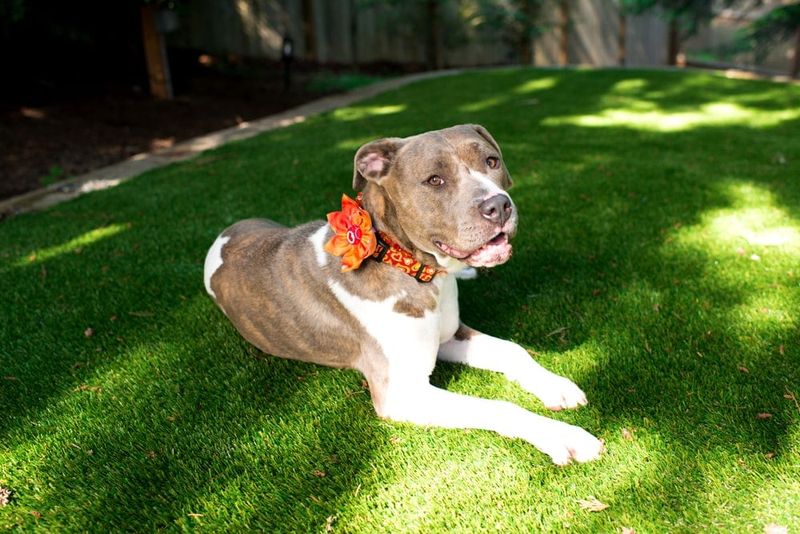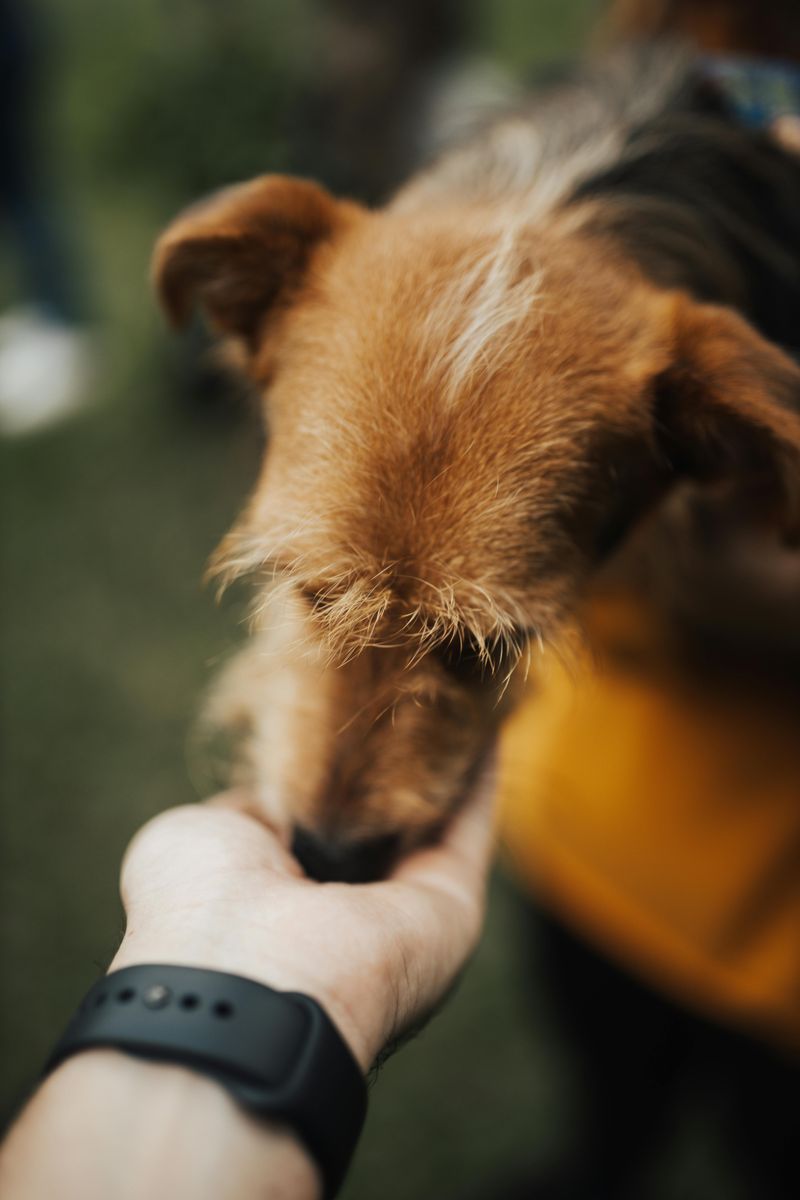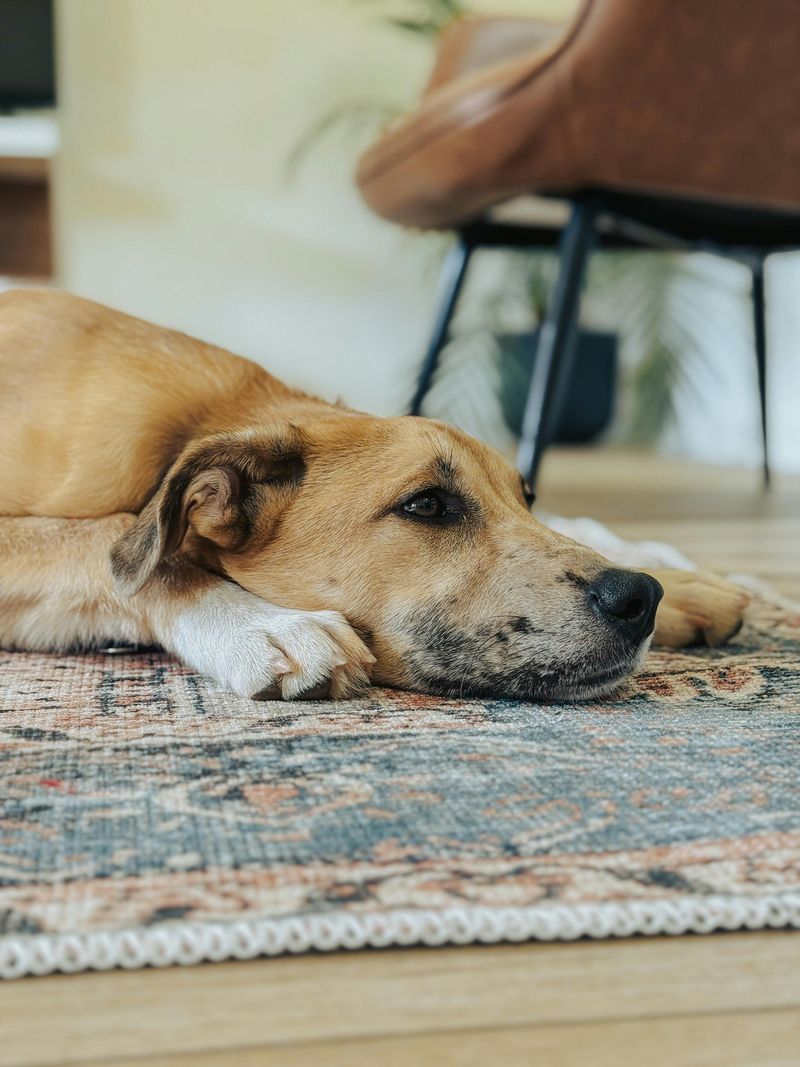Snapping can feel sudden, scary, and confusing, but it’s often a dog’s last line of communication before a bite. Understanding the root causes helps you respond calmly and prevent escalation. This guide reveals the most common triggers behind snapping and practical, humane steps to stop it. Read on to turn tense moments into teachable ones and rebuild trust with your dog.
Pain or Medical Discomfort
Pain is a leading cause of sudden snapping, even in typically gentle dogs. When a dog hurts, touch near the sore area can trigger reflexive defensiveness. Dental disease, ear infections, arthritis, and gastrointestinal issues are frequent culprits that go unnoticed. Start with a full veterinary exam and follow treatment recommendations. Pair handling with positive reinforcement, rewarding calm acceptance of gentle touch. Use cooperative care techniques—like chin rests—to give your dog control during care. Avoid punishing growls or snaps, which can suppress warnings. Track behavior changes in a log to spot patterns. Relief from pain often transforms behavior remarkably and quickly.
Resource Guarding
Dogs may snap to protect valued items like food, chews, toys, or resting spots. Guarding is natural, but it becomes risky without management and training. Prevent conflict by reducing competition, feeding separately, and removing pressure during meals. Teach trades using high-value treats so giving up an item predicts something better. Practice “drop it” and “leave it” with low-stakes objects first. Never pry items forcibly; it increases conflict and danger. Gradually desensitize to approach using stepwise protocols. Maintain predictable routines so your dog trusts access to resources. Over time, positive associations replace anxiety, reducing guarding and snapping considerably.
Fear and Startle Responses
Fear triggers quick defensive reactions, especially when surprises occur. Sudden movements, loud noises, or unfamiliar people leaning over can provoke a snap. Avoid cornering or looming; instead, use soft angles, sideways approaches, and slow movements. Build confidence with gradual exposure paired with treats at a comfortable distance. Give your dog a predictable safe spot to retreat to. Teach a flight cue or stationing behavior to replace freezing or snapping. Use sound desensitization for fireworks or thunder. Track thresholds and don’t push past them. Compassionate handling and choice-based training can reframe scary situations and lower the likelihood of reactive snapping.
Frustration and Arousal Overflow
High arousal from play, barriers, or unmet expectations can spill into snapping. Dogs stuck behind fences, leashes, or windows may rehearse big feelings they can’t express, then redirect onto nearby targets. Introduce structured decompression: sniff walks, scatter feeding, and rest. Teach impulse-control games like “sit to say please” and pattern games to lower arousal. Break up play before it peaks. Use barriers thoughtfully, covering windows or adding distance to reduce triggers. Reinforce calm with mat training and predictable cues. Short, frequent training sessions help dogs practice self-regulation, reducing frustration-based snapping over time.
Body Handling Sensitivities
Many dogs snap during nails, grooming, or restraint because they feel trapped. Handling isn’t neutral—it must be trained like any skill. Start with cooperative care: teach consent behaviors like a chin rest or stationing on a mat. Pair micro-steps of touch with tasty treats, retreating before stress builds. Use low-stress equipment (lick mats, non-slip surfaces) and keep sessions brief. Practice off the grooming table first, and separate sensations (clipper noise vs. touch). Track progress with a rate-of-reinforcement mindset. Avoid force, which erodes trust and increases defensiveness. With patience, handling becomes predictable and safe, greatly reducing snapping.
Social Conflict with Dogs or People
Snapping can occur when social signals are missed or boundaries are ignored. Prolonged staring, tight hugs, or direct approaches can feel rude to dogs. Teach family members to recognize stress signals—lip licks, yawns, head turns—then adjust interactions. Advocate for your dog by limiting unwanted greetings. Arrange parallel walks and controlled exposures with neutral dogs. Reward polite check-ins and disengagement. Use management in busy environments to prevent crowding. A qualified trainer can coach body language and timing. When communication improves on both sides, dogs no longer need sharp corrections like snapping to create space.
Protecting Space or Rest
Dogs often guard their rest areas, snapping when disturbed from sleep or crowded on couches. Respect sleep: create clearly defined, comfortable zones where the dog won’t be bothered. Teach an “off” cue and reinforce moving to a mat. Use baby gates or pens to give predictable boundaries. Supervise children and prohibit climbing on resting dogs. Introduce consent rituals before petting—call the dog over rather than reaching in. Reward calm departures from furniture to keep the behavior strong. When dogs trust that rest is safe, they’re less likely to escalate to snapping to secure personal space.
Past Trauma or Poor Socialization
Early experiences shape coping strategies. Dogs lacking gentle exposure to handling, environments, or diverse people may snap when overwhelmed. Trauma can sensitize them to specific cues like hats, hands, or sudden movements. Begin with slow, positive introductions within the dog’s comfort zone. Use systematic desensitization with high-value reinforcement. Keep sessions short and predictable, building trust through choice and agency. Avoid flooding, which backfires. Track success by noting recovery times and interest in food or play. With patient, trauma-informed training and, if needed, professional support, many dogs replace defensive snapping with calmer, more flexible responses.
Neurological or Cognitive Factors
Sudden behavior changes, especially in seniors, may reflect neurological issues or cognitive decline. Canine cognitive dysfunction, seizures, brain lesions, and sensory loss can alter perception and tolerance, leading to snapping. Seek veterinary evaluation, including bloodwork and possibly imaging. Manage environments with clear lighting, non-slip surfaces, and consistent routines. Use touch-to-start cues before contact to avoid startle. Enrich gently with scent games and short training to support brain health. Medication and supplements may help when prescribed. Compassionate expectations and careful management protect everyone while you address the underlying medical landscape.




